Through Farming in Protected Landscapes (FiPL), we’ve been supporting a local grower who is seeking to expand their apple and cider production, alongside initiatives to create wildlife rich habitats, such as woodland, rough grassland, traditional apple orchards and a pond.
As part of FiPL, a Defra-funded scheme, funds were allocated to White Lodge Farm to purchase new equipment to enable them to process higher volumes of apples and to create traditional apple-based produce that will be sold into local markets.
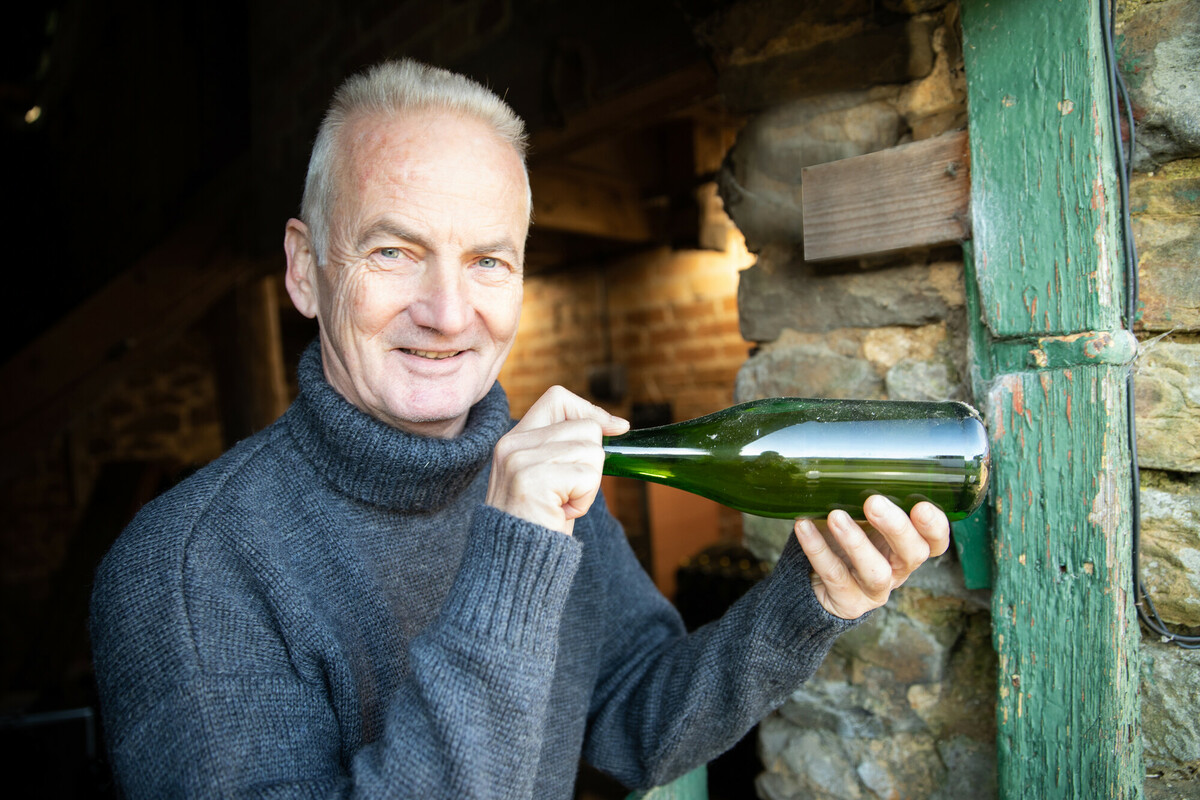
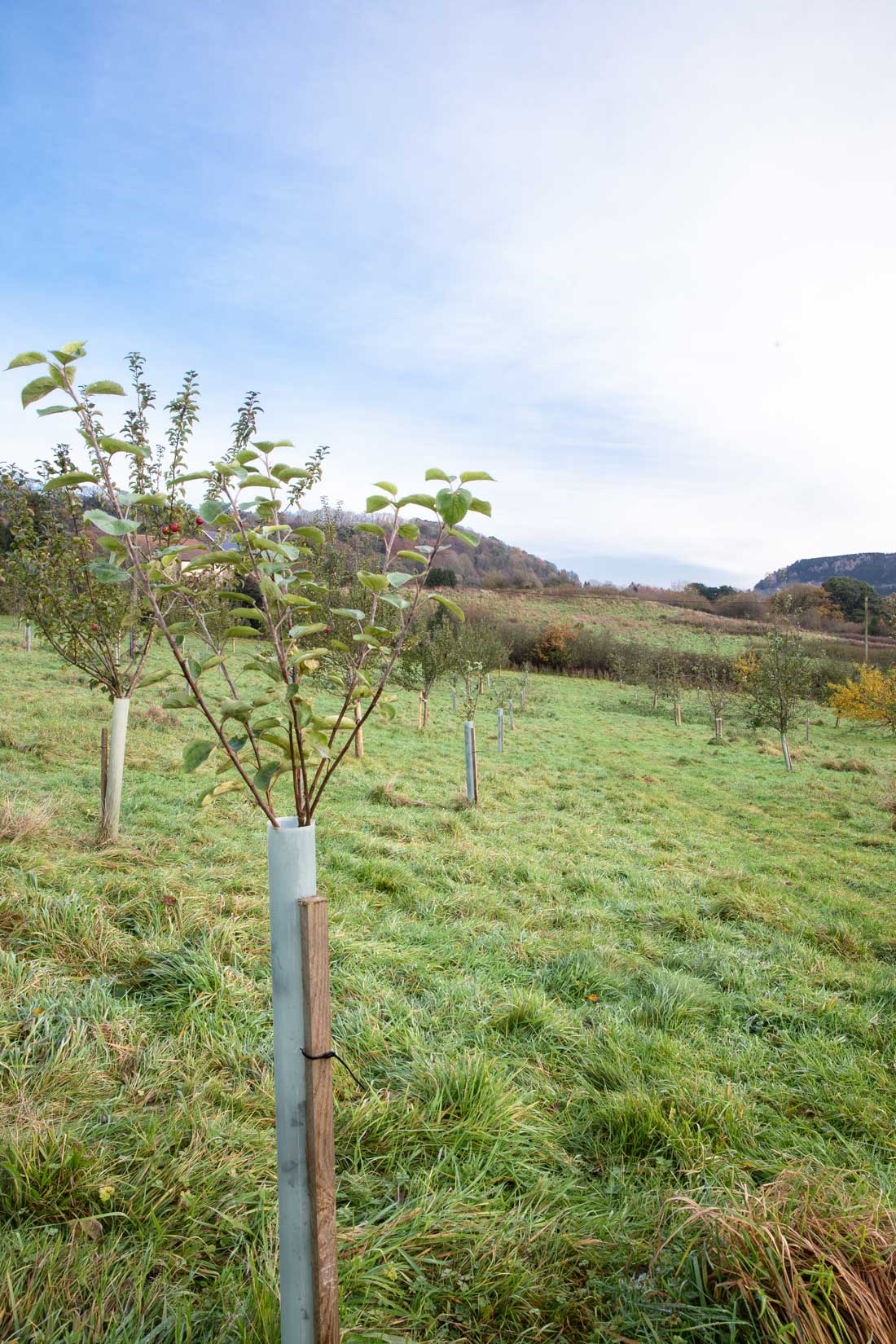
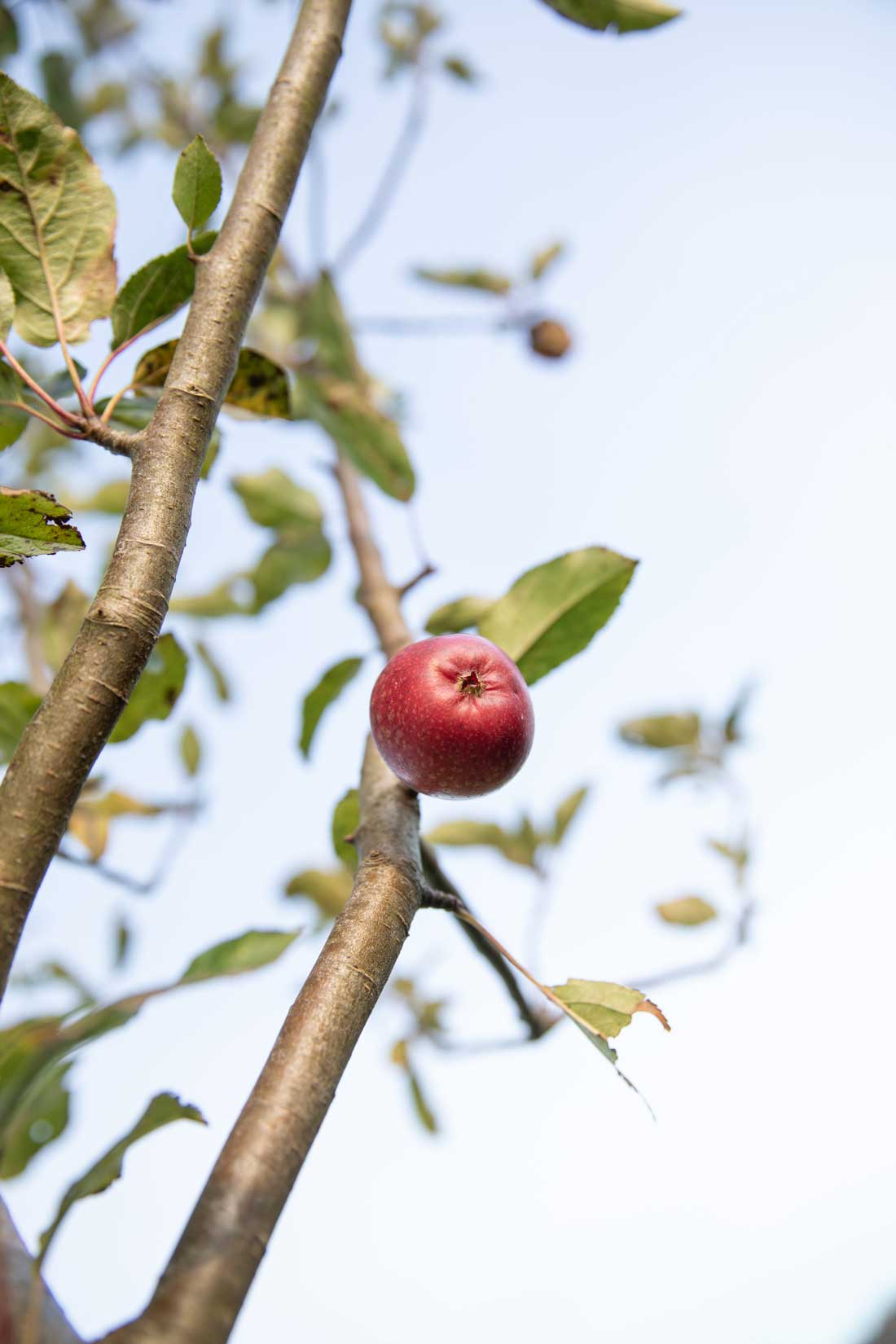
Previous FiPL funding was also used to expand their orchard with the planting of 242 apple trees. This orchard will not only help sustain a viable farm business, but will provide food for invertebrates and birds, sequester carbon and contribute towards natural flood management by slowing the flow of water into a nearby beck. It will also support the survival of traditional cider apple varieties.

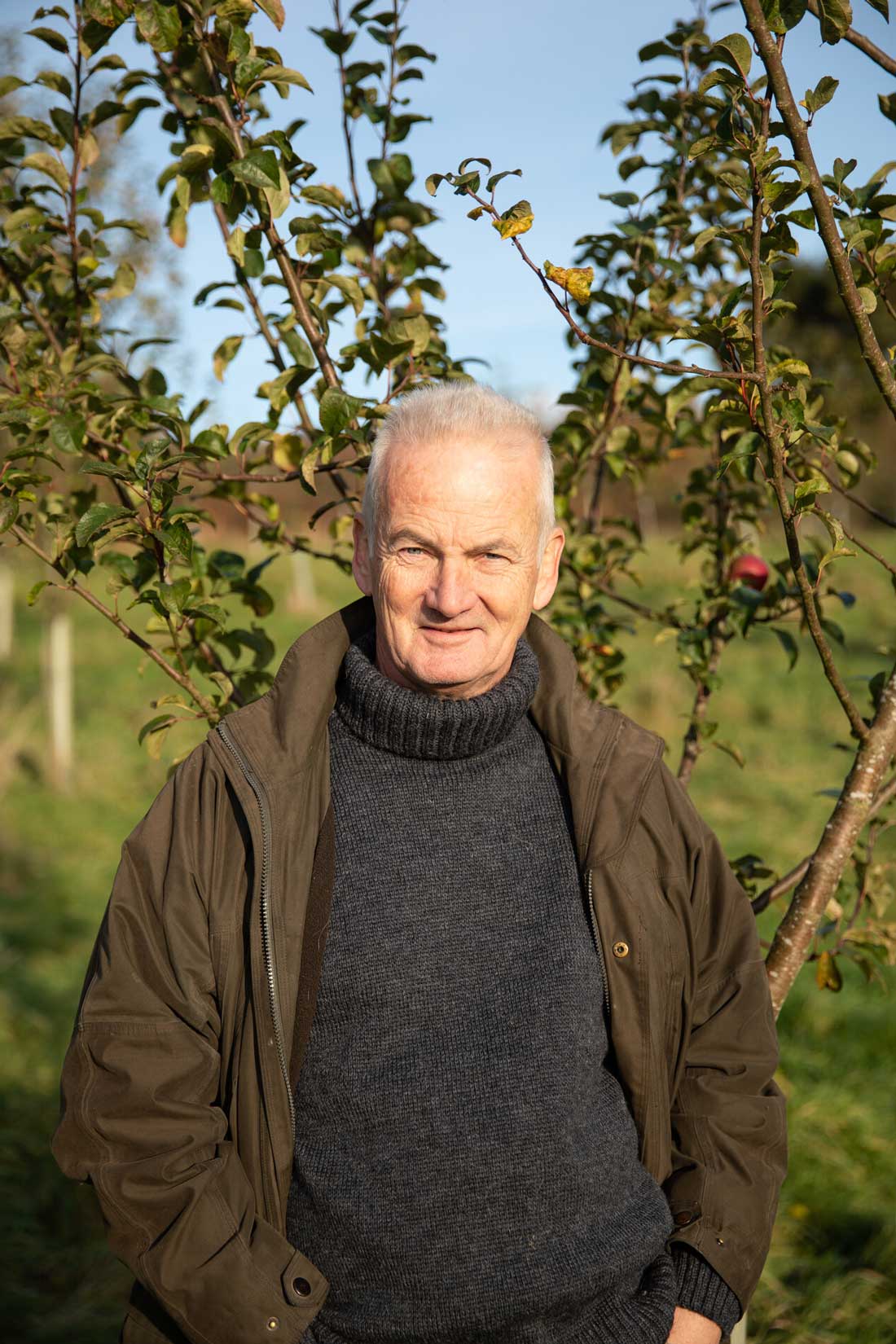
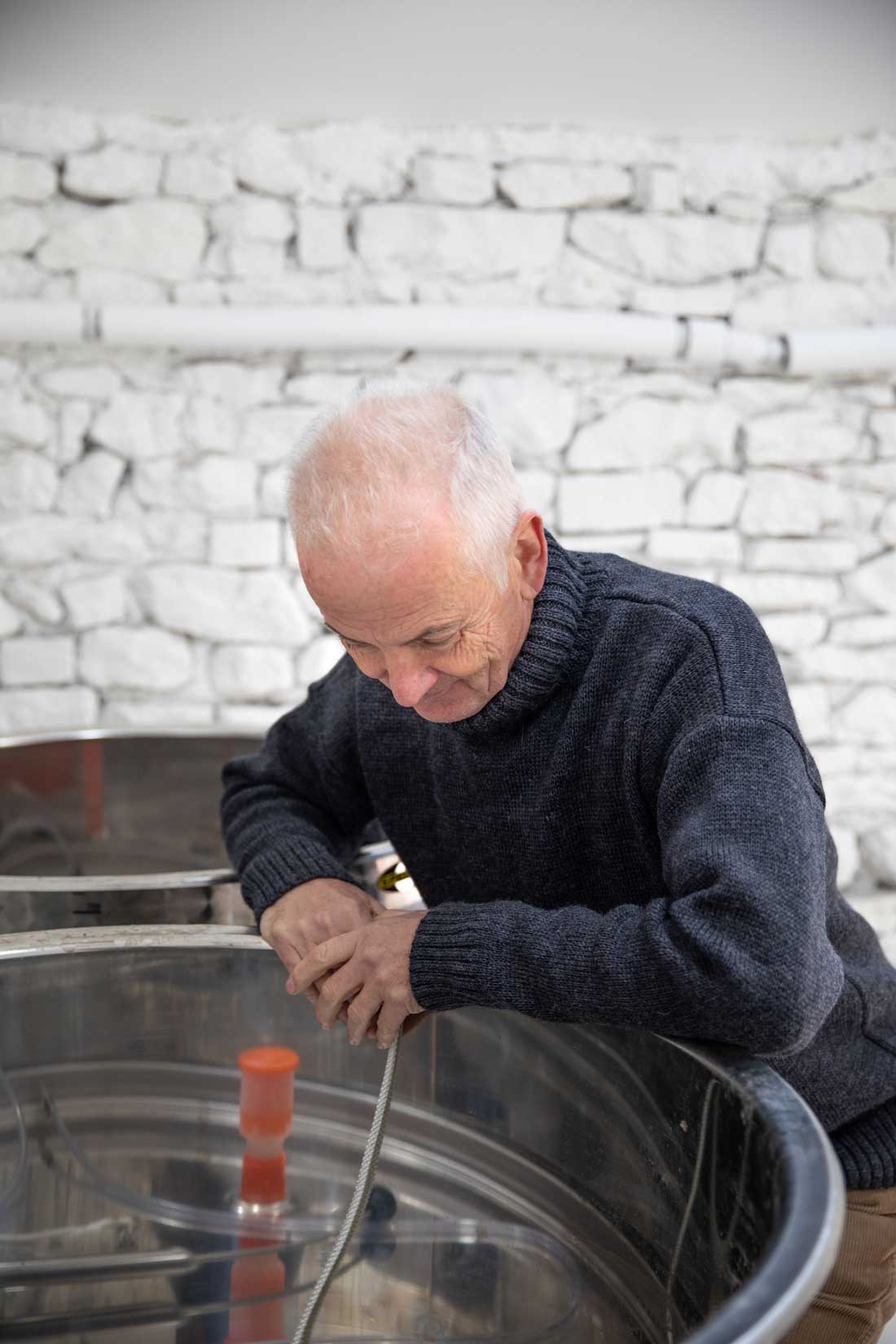
Owner Mark Hayes is passionate about bringing a craft ‘champagne cider’ to the local market and in producing in a way that benefits nature.
“We are a small, artisan cider producer using the traditional 'methode champenoise' to create our delicately sparking cider.
"As well as creating a high quality drink we see the orchards as a 'product' for the benefit of the local wildlife and as part of this effort our entire farm is certified organic by the Soil Association.”
- Mark Hayes
Alongside these efforts, Mark is also keen to give more people opportunities to explore, enjoy and understand the landscape. The Scarborough Naturalist Society are one organisation who have been given access to the land to carry out fieldwork and they are also looking to host school groups in order to educate them about the environment and orchard management.
White Lodge Farm is a fantastic example of the type of project supported through the Farming in Protected Landscapes scheme. If you are a farmer or land manager based in the National Park and would like to know more about what funding might be available to you, please head to the Farming in Protected Landscapes pages.
Management Plan
This projects supports the following management plan objectives:
Objective 1: The National Park should play a significant part in achieving the regional ambition of being a carbon negative economy by 2040.
Objective 2: Capture and store carbon by creating at least 2,500 hectares of additional wooded habitat by 2032.
Objective 4: Protect, restore and improve soils across the National Park.
![]()
Objective 6: Create bigger, better and more joined-up habitats, with nature-rich wildlife corridors extending beyond the National Park boundaries.
Objective 7: Restore wilder and more naturally functioning ecosystems on at least 2,000 hectares in the National Park.
Objective 12: Create specific, targeted opportunities to improve mental and physical health and wellbeing by connecting people with nature.
Objective 18: Provide opportunities that attract, upskill and retain a local workforce working in high-value, knowledge-intensive jobs and the ‘green’ or ‘landscape’ economy.
